Located on the rocky beach of Castelo do Queijo. This area provides a wide panoramic view that extends from the beach of Matosinhos and the famous sculpture of the Anemone, passing through the transparent building and the City Park, down to the ocean.
Day 1
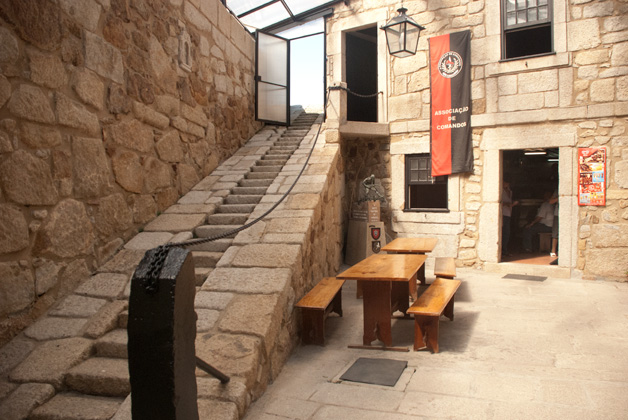
View point – Fort São Francisco Xavier (Cheese Castle)
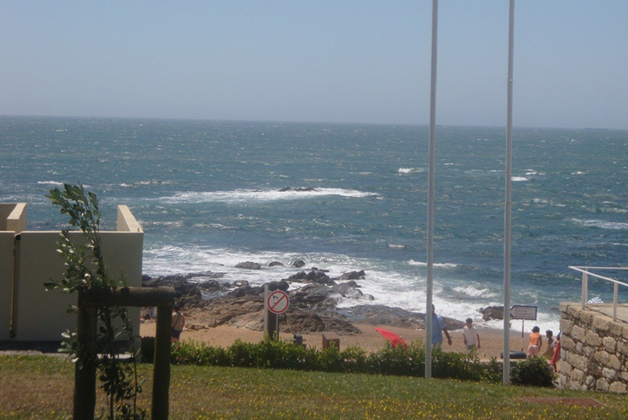
Homem do Leme Beach
The Homem do Leme beach boasts a Blue Flag in addition to a Golden Beach award and an award for its accessibility. A rocky beach with a 374 metre stretch of sand, it is much loved by families thanks to its two play parks. It was the first beach in Porto to be awarded a Blue Flag. The bronze statue which pays tribute to the fishermen and gives the beach its name can be found at the entrance, on Avenida de Montevideu. Created by Américo Gomes (1934), this monument pays homage to the fishermen, represented by the man that vigorously took the helm, that made working at sea his life.
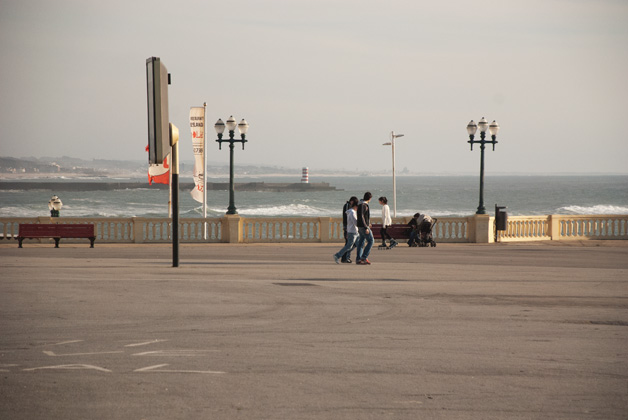
View point – Molhe
Over the Molhe beach, this large space with park benches is used for sports practice and for small events.
It offers a view of the entire coastal area of Foz.
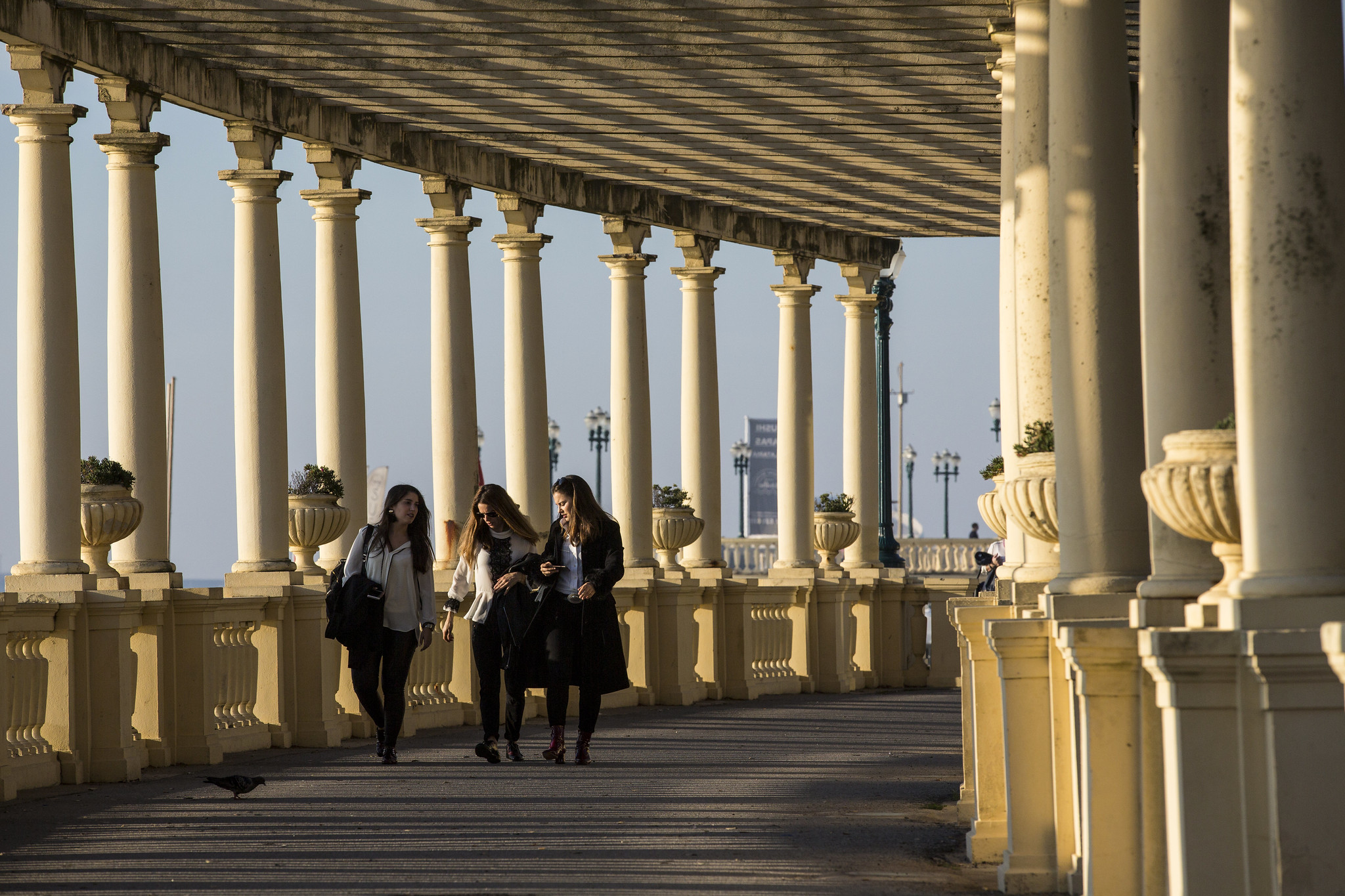
Pérgola
Romantic location by the sea, flanked by a small garden, that is ideal for enjoying the sunset.
In Neoclassical style, the golden yellow color varies with the sunlight.
The shadows of the columns and beams create an abstract painting on the floor and gardens around.
Cafes and walkways are nearby.
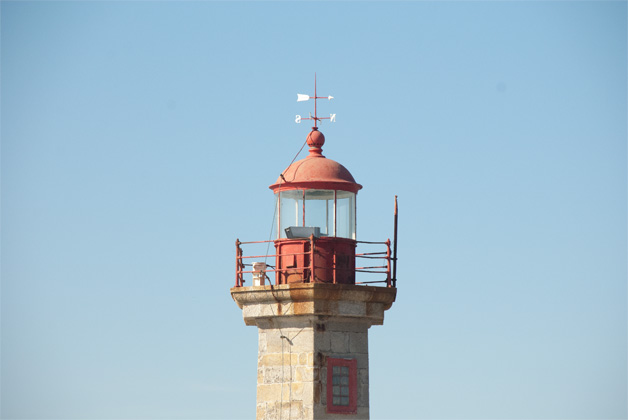
Felgueiras Lighthouse
Neoclassical lighthouse with a hexagonal format, ten meters high, dated from 1886. It has a red balcony and lantern and a small annex building with plastered walls painted white.
The name "Molhe de Felgueiras" was given because it was built facing the stone of Felgueiras, to the West.
It was modernised in 1945 and automated in 1979, and was controlled from a distance from the Leça lighthouse. It underwent conservation works in the 90's. Before being deactivated in 2009, the light has a range of 9 nautical miles, issuing a red light every 5 seconds.
It currently only has the sound signal.
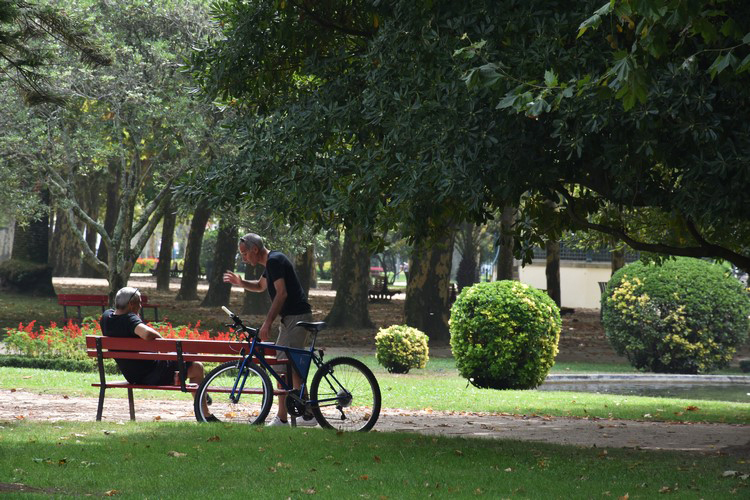
Passeio Alegre Garden
Built in the late nineteenth century benefitting from the participation of Emíle David who worked on its landscaping.
Lined by a Palm Grove, it houses a variety of architectural features of great value: a granite fountain to the west, from the former S. Francisco Convent, two Nasoni obelisks, from Quinta da Prelada and a small "romantic chalet", which was built in 1874, before the completion of the Garden.
The miniature golf course is a main attraction of the garden and philharmonic concerts are occasionally held in the bandstand.
Lastly we highlight the public bathroom which was built in 1910 and is decorated with Art Nouveau tiles and English finishings.
Fun Fact: The Chalé "Suisso", a National Monument, displays on top of the roof the sculpture of a Lamb, well painted in white. It was a place of literary gatherings where Camilo Castelo Branco, Arnaldo Gama, Ramalho Ortigão, Alberto Pimentel and others attended.
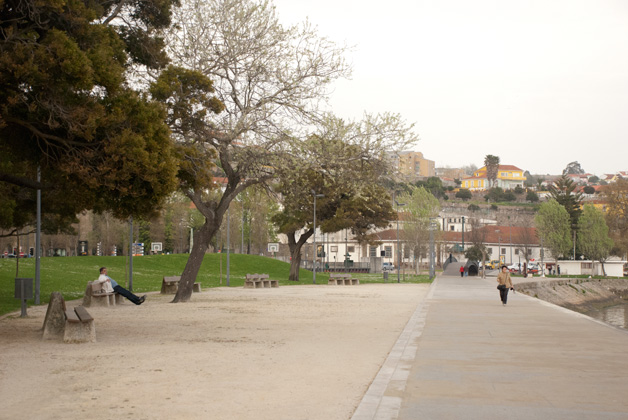
Cálem Garden
Small garden area which is located very close to the mouth of the Douro River.
It offers a magnificent view over the river, of which we highlight the high black poplars, as well as a monument which commemorates the expedition of Ceuta in 1415. The garden is lined by sycamore trees, stretching down to Passeio Alegre.
Along the way, in Sobreiras, some lawns and tree and shrub plantations extend the green space.
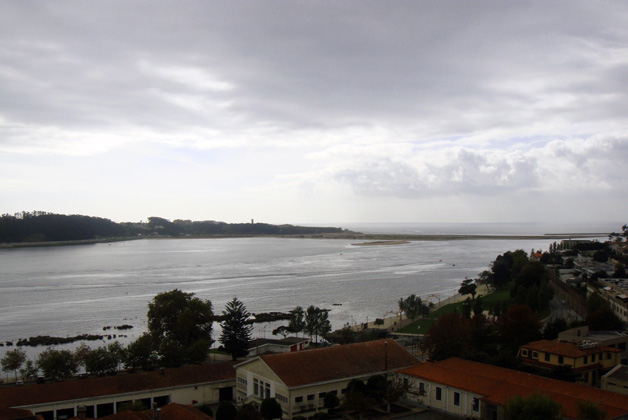
View point – Chapel of Santa Catarina and Senhora dos Anjos
Located in one of the highest points in the parish of Lordelo do Ouro it offers a comprehensive view of the Douro River estuary, including the Garden of Calém, and reaching the sea.
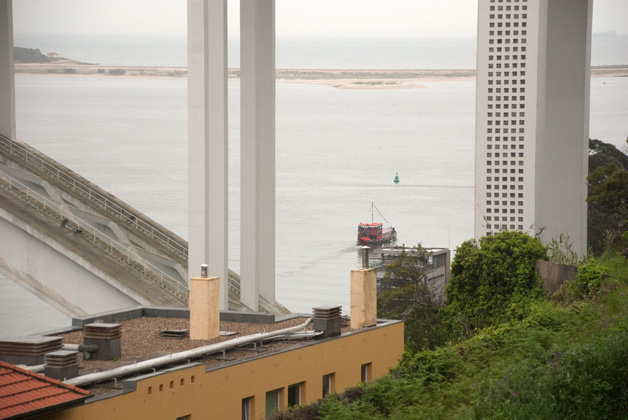
View point – Via Panorâmica
From here one can see the Gaia riverside down to Afurada, highlighting the Arrábida Bridge.
Day 2
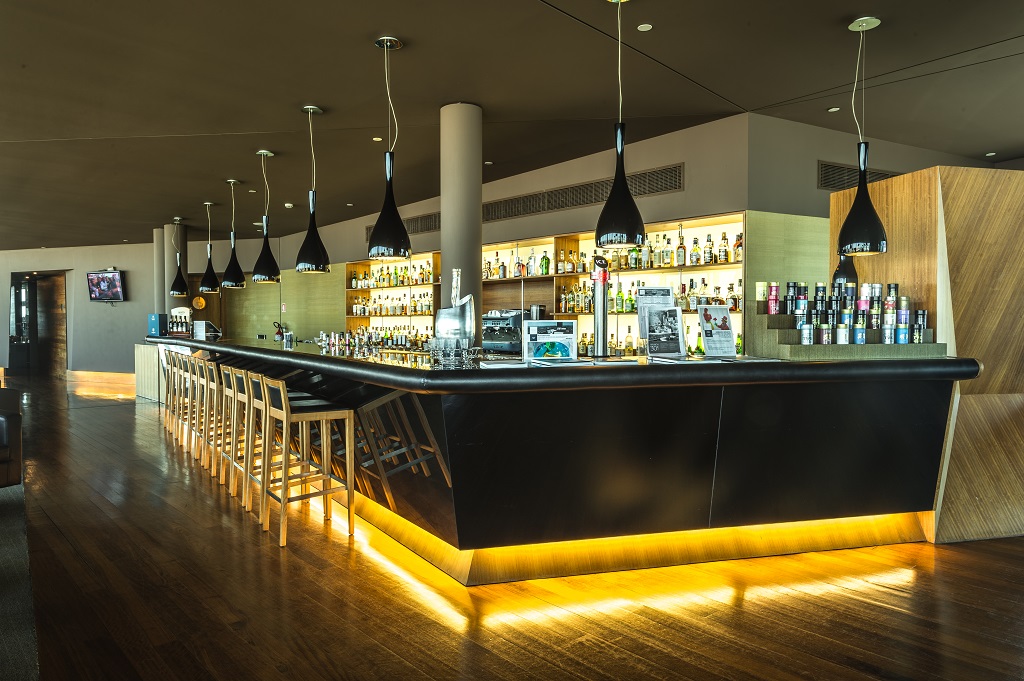
Vip Lounge
Located on the top floor of Porto Palácio Congress Hotel & Spa, it offers a unique panoramic view of the city, river and sea.<br>
Perfect to enjoy a late afternoon with a cup of tea or coffee, Porto Palácio VIP Lounge also has an international list with more than two hundred selected whiskeys, as well as a wide range of coffees, teas and Porto Wines.
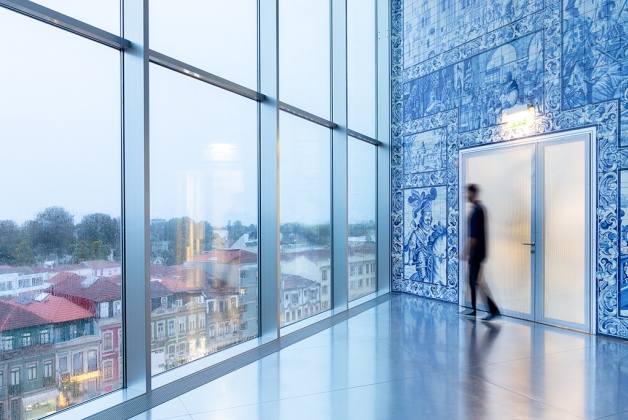
Casa da Música
Building designed by the Dutch architect Rem Koolhaas, Casa da Música was inaugurated in 2005 and since then has become an icon of contemporary architecture, attracting visitors from many different parts of the world.
The programming, which is both dynamic and innovative, ranges from classical music to the forefront of urban trends, benefiting greatly from their four resident groups: Symphony Orchestra, Remix Ensemble, Baroque Orchestra and Choir. The institution also plays an important role in education, promoting concerts, workshops and various activities for families with children and schools. Daily there are guided tours to the building, which has several bars and a restaurant located on the rooftop, with a magnificent view over the city.
On performance days the box office is open until 30 minutes after the start of the show.
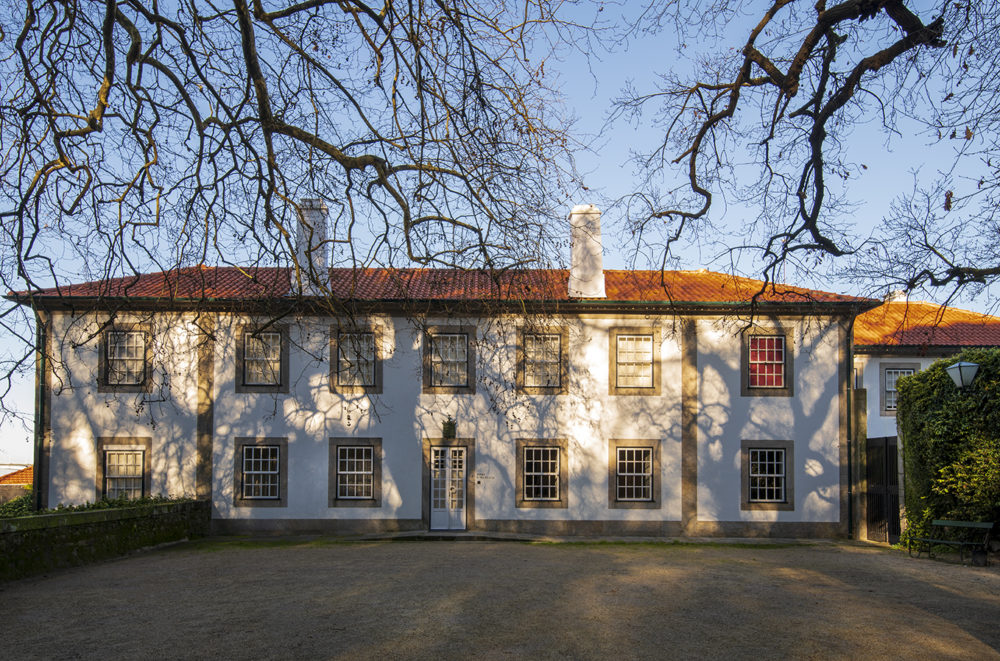
Museu Romântico
The Romantic Museum is housed in the Quinta da Macieirinha, also known as the Quinta do Sacramento, an 18th-century country house that once belonged to the Pinto Basto family.
The building opened as a museum in 1972, aiming to recreate the atmosphere of a 19th-century bourgeois home — a reflection of Porto’s lifestyle during that period.
After an architectural renovation by Camilo Rebelo and the restoration of key pieces from its collection, the museum reopened in 2017.
In 2021, a new museological project was launched. Coinciding with the Porto Book Fair, the theme of the natural world became the creative inspiration and driving force for the first exhibition: When the Earth Shines Green for You Again.
In 2022, the exhibition METAMORPHOSES – Vegetal, Mineral and Animal Immanence in the Romantic Domestic Space brought together a wide selection of works — some from the former Romantic Museum and other spaces of the Museu do Porto, and others never previously exhibited — highlighting the remarkable quality and diversity of the municipal collections.
The museum is set within a vast green area that includes the Crystal Palace Gardens and the Casa Tait Gardens, offering sweeping views of the river and the sea.
Cost
4 €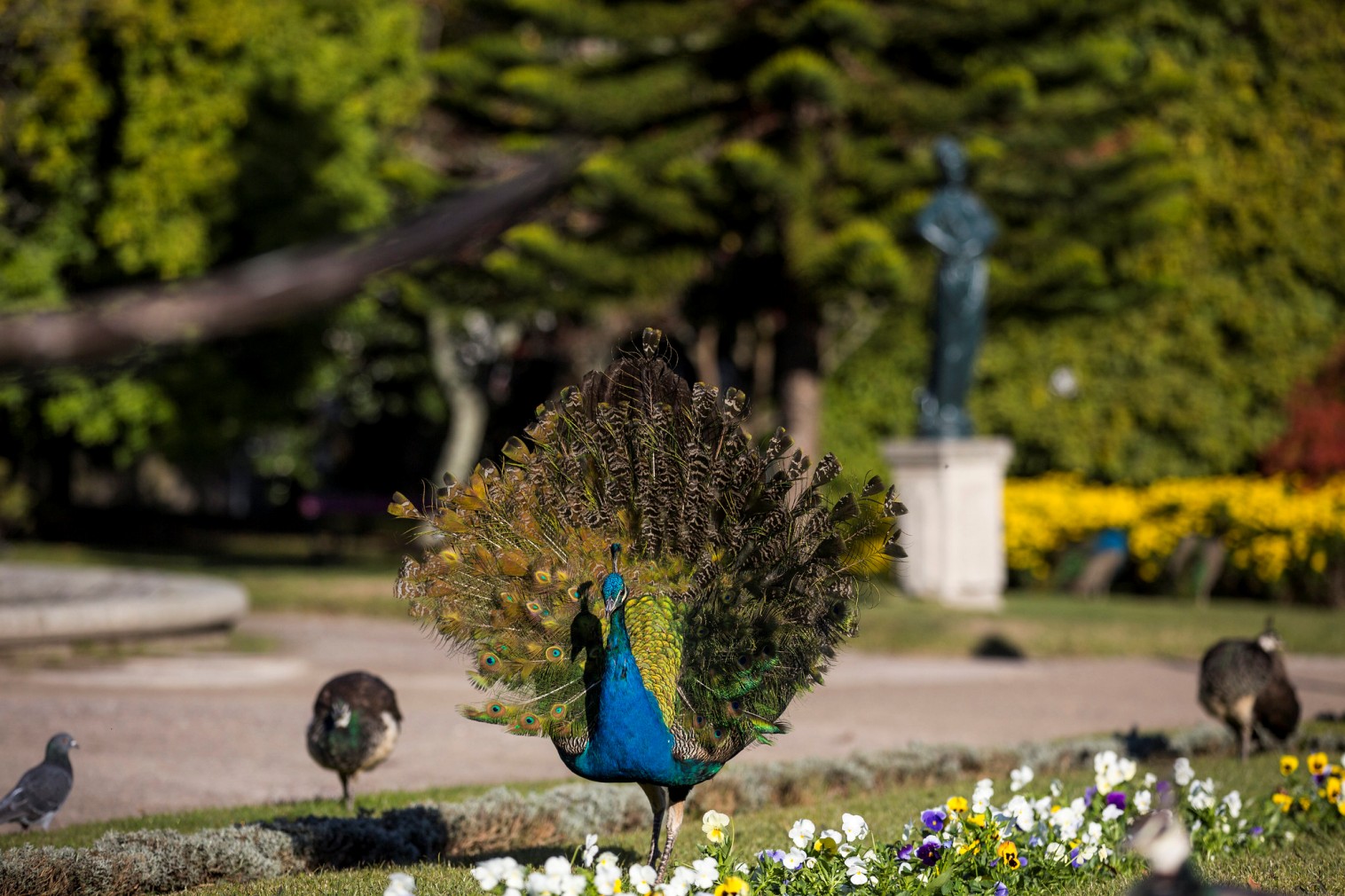
Palácio de Cristal Gardens
The Romantic Gardens of Palácio de Cristal occupy an area of 8 hectares in Porto´s centre and they were designed in the 19th century by the German landscape architect Émille David, in the context of constructing the building of Palácio de Cristal (Crystal Palace). Currently, the following still remain preserved in accordance with the original project: Jardim Émille David at the main entrance, Avenida das Tílias, the forest and the balconies´ design over the river Douro. We can also contemplate magnificent panoramic views over the river and the city that the viewpoints in strategic places offer to us. It is to be noted that these gardens, making a good use of the botanic heritage and of the ludic-cultural dynamics, is home to an Environmental Education Centre.
Flora: North American Tulip Tree (Liriodendron tulipifera), Box elder (Acer negundo), Tilia (Cordata, Platyphyllos and Tomentosa), Camelia sp., Magnolia (Magnolia grandiflora), Metrosideros, Palm Tree (Washingtonia Robusta), Norfolk Island Pine (Araucaria Heterophylla)
Available Infrastructures: public toilets; Cafe/ Restaurants; Sports Pitch and Court (Football and Basketball); Playground; Library and Centro de Educação Ambiental (CEA) and Museu Romântico.
October 1st to March 30th: 8am-7pm
April 1st to September 30th: 8am-9pm
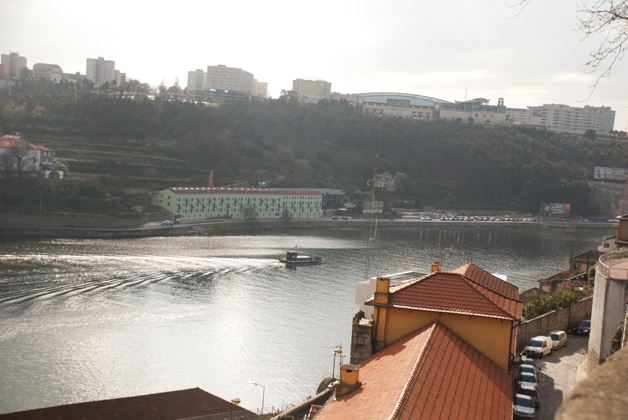
View point – Restauração
View point on Rua da Restauração, by the crossroads with Rua Jorge Viterbo Ferreira, from where you can admire the landscape from the Gaia Quay up to the Arrábida Bridge.
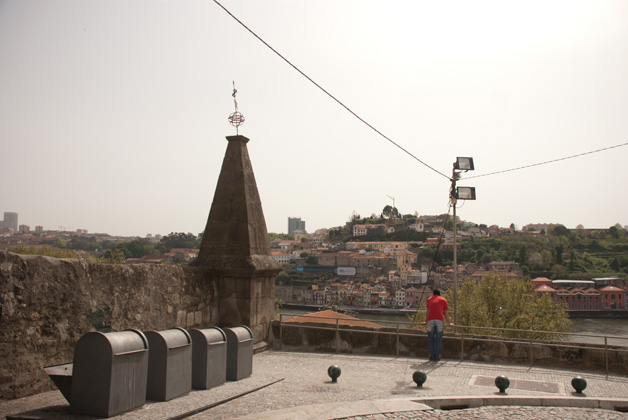
Bandeirinha da Saúde
Granite pyramid topped by an artistic forged iron pinnacle. It was used to hoist the "bandeirinha da saúde" ("small flag of health"), which set the mooring limits in times of plague.
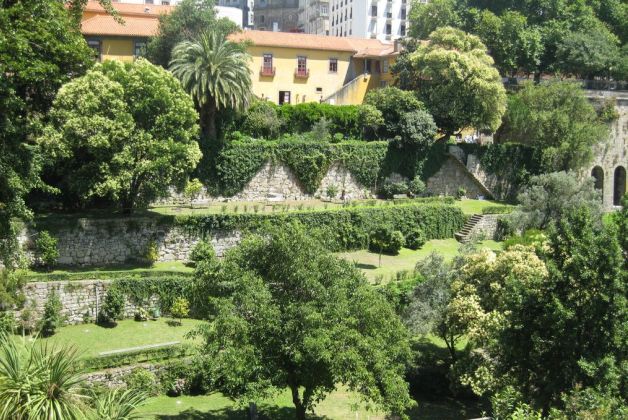
Virtudes Park
The Municipal Park of Virtues is located where the Porto Gardens Company was set before. Projected by José Marques Loureiro (1830-1898), it was bought in 1965 by the City Council of Porto and, in 1998, restoration works were carried out. One of the particularities of this garden is the fact of being vertical, in other words, it stretches out on the steep slope terraces, and therefore, from almost every part of it, there is a unique view over the Alfândega (Customs Building), the river Douro and Vila Nova de Gaia.
1 October to 30 March: 9am-6pm
1 April to 30 September: 9am-7pm
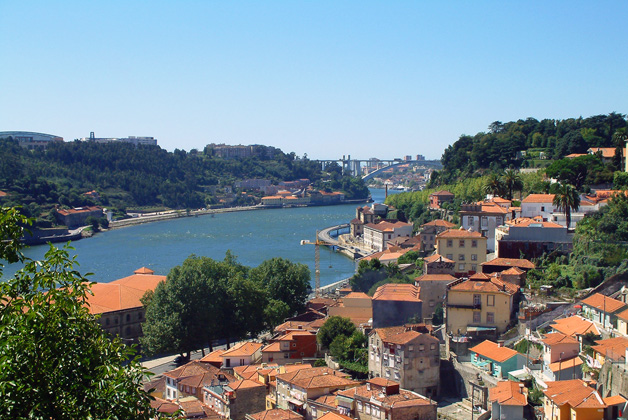
Virtudes Sidewalk
The lane has an excellent view over the river, down to the river Douro mouth bar.
In the foreground one can see the Fountain of Virtudes and the terraces that go all the way down to São Pedro de Miragaia. Along the river, it is possible to see the imposing building of the former Customs House.
Day 3
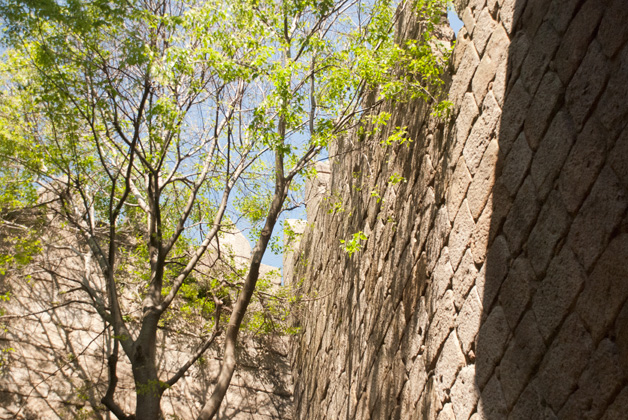
D. Fernando Wall - Caminho Novo Stairway
Descending by the narrow stairway, surrounded by the wall and the houses of Miragaia, you can see a small part of the slope of Gaia.
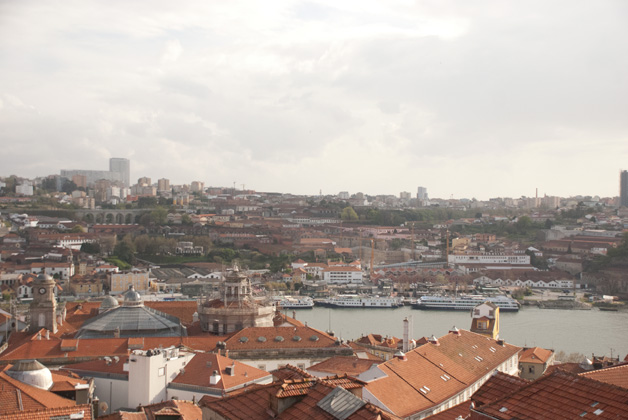
View point – Church of Nossa Senhora da Vitória
From the square next to this church, you can enjoy an interesting view of the Cathedral and the Bishop's Palace, over the houses of the parish of Vitória, as well as over the River Douro, the D. Luis I Bridge and the Gaia riverside.
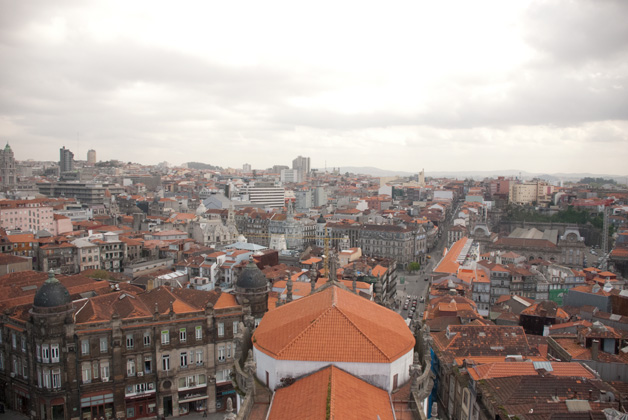
The Clérigos Tower
This baroque work by Nicolau Nasoni was built in the first half of the eighteenth century. The Clérigos Tower is one of the most emblematic monuments of the city of Porto.
The panoramic view over the city and the river Douro which can be seen from the top of the tower makes the 240 step climb worth the effort.
Capitalising on the recent work to renovate and reconvert one of the most significant buildings in the city of Porto, based on a project which rapidly resolved the restrictions on accessing the complex, a multi-sensory facility has been created which simulates the experience of climbing up the Torre dos Clérigos. In the building of the Torre dos Clérigos, you’ll find a part of the Brotherhood’s holdings and the Christus Collection, taking you back to a time and space where art and religion complemented each other.
Cost
8 €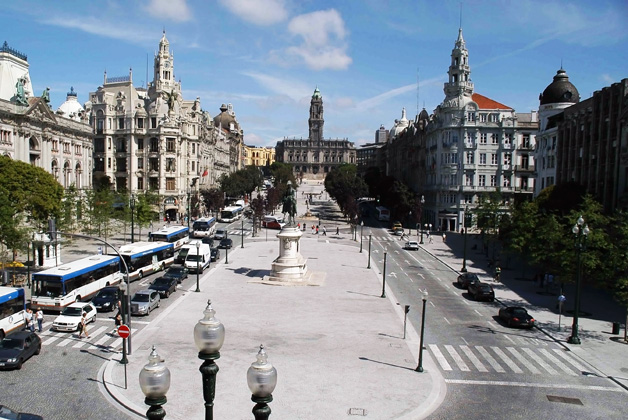
City Hall
Construction began in 1920, but only in 1957 was it considered complete, after several interruptions and changes to the original project.
The building consists of six floors, a basement and two courtyards.
The top of the 70m high, central tower, with its chiming clock, can be reached by climbing its 180 steps.
Consisting primarily of marble and granite, the interior of the building has some nobly furnished rooms, in which the most solemn ceremonies and the usual Municipal Assemblies and Executive meetings are held.
Included in the Urban Wine Route, the Porto Municipality used from the outset the income from rates and taxes on wine to improve the city´s defences, water supply, road connections to the outside and urban reforms.
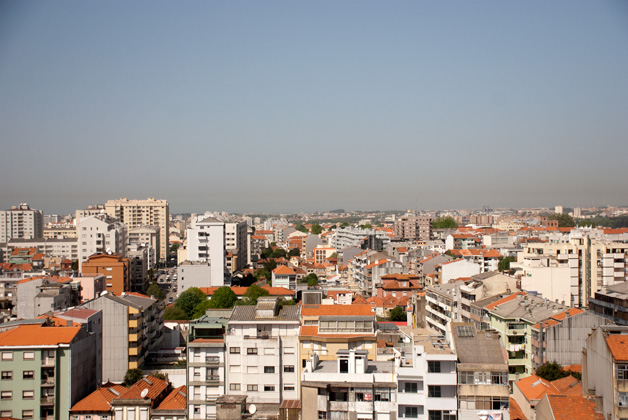
Tower of the Church of Senhora da Conceição
One of the city’s highest view points, from where you can see, besides the city centre, the mouth of the river Douro and the city of Vila Nova de Gaia.
Special mention goes to Praça Marquês de Pombal and the church yard.
To get to the top you have to climb a magnificent stairway and pass the tower clock machine and its bells.
Cost
1 €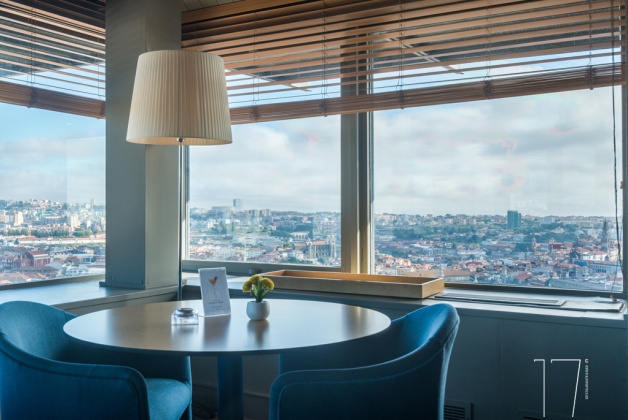
17º Restaurante & Bar
At the top of the Hotel Dom Henrique Downtown, far above sea level and with a 360º panoramic view over the city, which floods the senses and thrills at first gaze, there is a singular, inspiring venue ... where all the senses come together in perfection. In the Restaurant 17º we gather all the ingredients to make each meal one of the best moments of the day. The Bar 17º is a space designed to the slightest detail, where one can relax, socialise and enjoy, unhurried. Because the best of every day is in the moments that make us happy.
The glamour coats the interior of an appealing space that extends to the breathtaking view over the city, where the look lingers. A unique environment that incites you to stay.
If you are looking for the perfect place for a pleasant afternoon or to experience, in the best way, the nightlife of Porto, you will find it here.
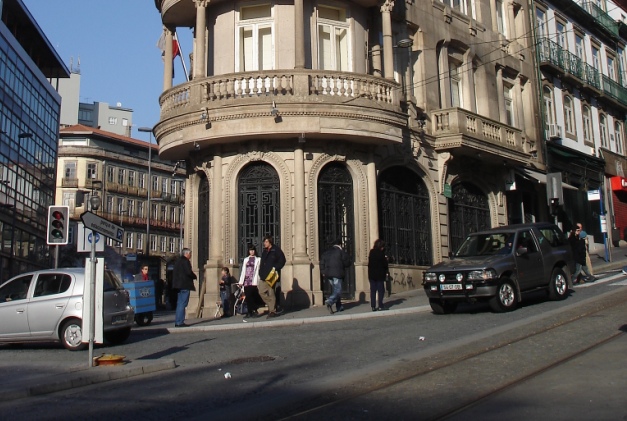
Rua 31 de Janeiro
Situated in the city centre, this street was already known as Rua de Santo António. It owes its name to the historical republican revolt that broke out in Porto in 1891. Nowadays it is an important commercial artery with some examples of art nouveau buildings.
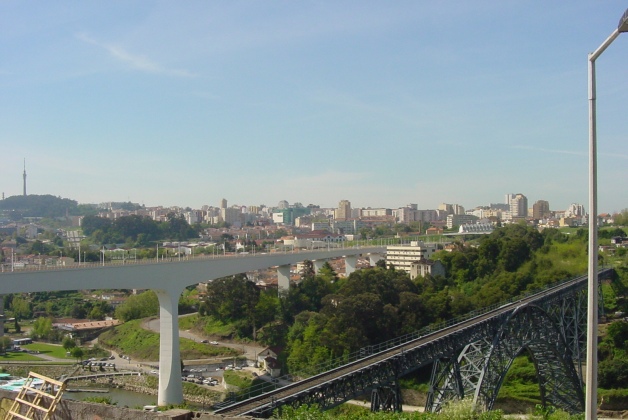
Largo do Colégio
View over the houses extending down to the River Douro, having as background the river side in Vila Nova de Gaia.
Day 4
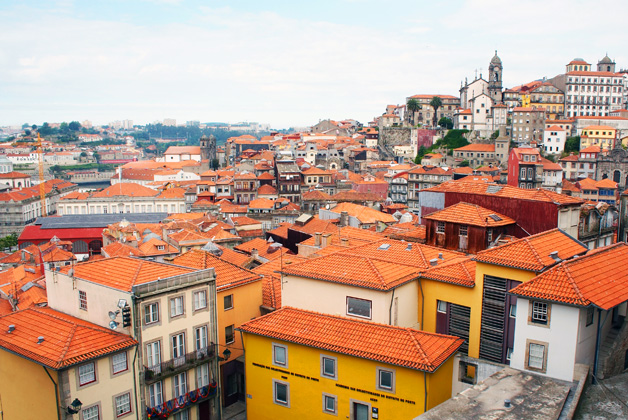
Terreiro da Sé
The Terreiro da Sé (square), framed by the buildings of the Cathedral, the Chapter House, the Bishop’s Palace and the former City Hall (Casa da Câmara), is the result of the recovery works that took place in 1940, through which several medieval quarters were demolished to give way to an open square, where a stone monument representing local government (pelourinho) was placed in 1945, by the Porto City Council. From this spot one can admire the complete Barredo area, the river Douro and Vila Nova de Gaia.
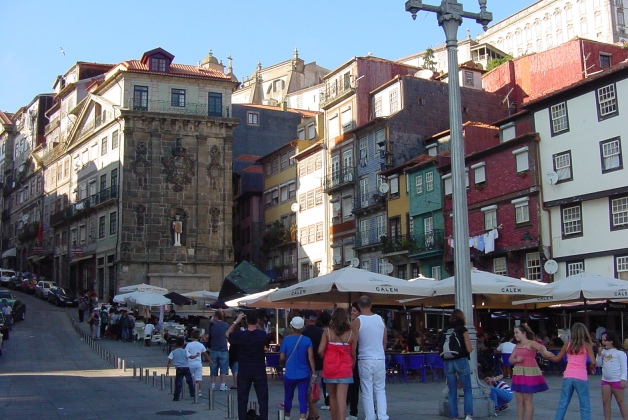
Praça da Ribeira
Cited already in 1389 as being of medieval origin, this square is thought to be one of the oldest in the city. A busy commercial centre, with tents serving as shops and a fish market, it came to the attention of João de Almada e Melo who set out to completely remodel the square in the 18th Century. The works carried out at this time by the Public Works Board, under the influence of John Whitehead, were financed by revenue from wine. Of his original plans, only the sides to the north, with its monumental Praça da Ribeira fountain, and the west were ever completed. The wall to the south was knocked down in 1821 and the medieval buildings along the east side survive to this day. Archaeological work in the 1980s led to the discovery of a 17th Century fountain. Reconstructed in its original location, it was crowned with a sculpture by José Rodrigues known popularly as the “Cube of the Ribeira”.
On the 24th of June 2000, a statute of St. John the Baptist by João Cutileiro was unveiled in a niche in the Praça da Ribeira fountain.
A must see, with lots of exciting nightlife on offer as well.
Included in the Urban Wine Route.
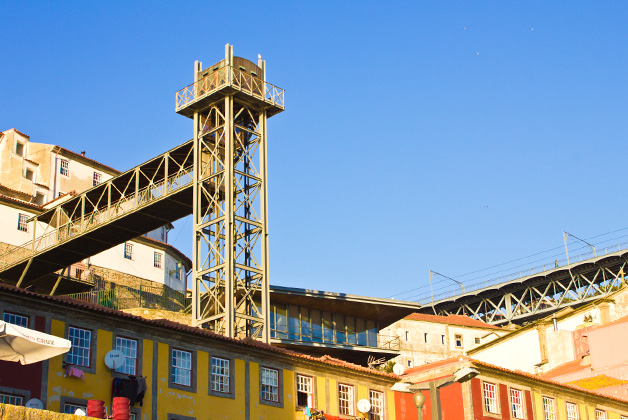
Lada Elevator
Near the D. Luis I bridge, one can see, besides this one, the Belvedere of the Serra do Pilar and the Cais of Ribeira and of Gaia.
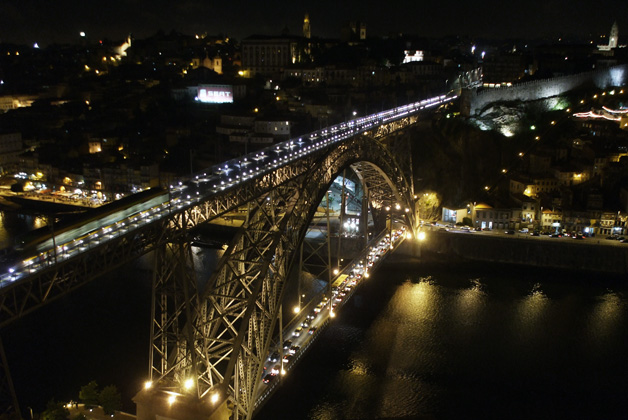
Luiz I Bridge
Designed by the engineer Théophile Seyrig, a disciple of Eiffel, it was inaugurated in 1886 and it is composed by two overlapping iron decks.
The bridge is 395 metres long and 8 metres wide, and its arch is considered, until 2017, the world’s biggest one in wrought iron.
Nowadays the upper deck is used by Greater Porto’s Metro, connecting the Cathedral’s area in Porto to Jardim do Morro and to Avenida da República in Vila Nova de Gaia.
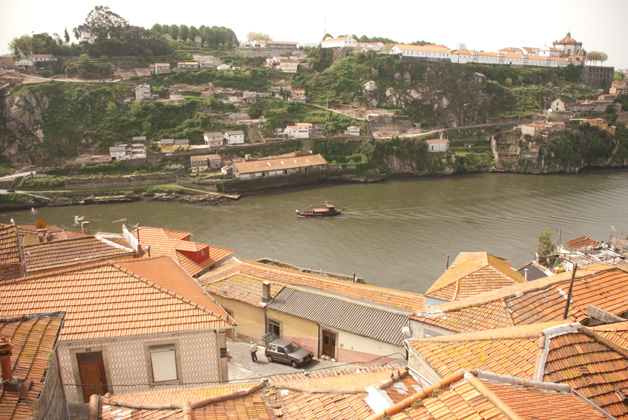
Fontaínhas
From this location, next to the Infante Bridge, one can enjoy the view over Vila Nova de Gaia, on the other side of the river, and a partial view of the D. Luís I Bridge, a popular spot to watch the São João fireworks.
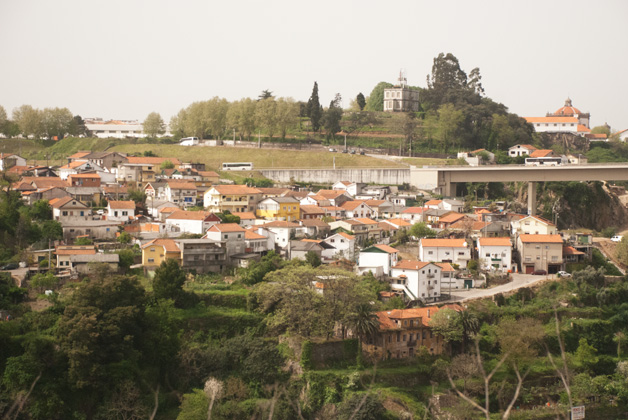
Colégio dos Órfãos
View over the famous Ponte D. Maria Pia, by Gustave Eiffel, and the São João Bridge, both dedicated to rail transport, although the first is now disabled.
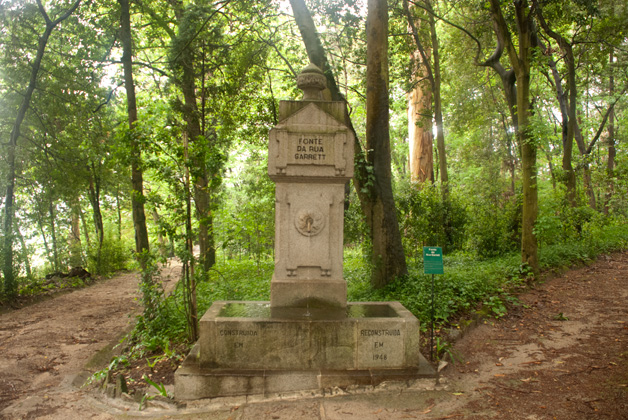
Águas do Porto Park
This park, once property of the Reid family, of British origin, was acquired by the Porto City Council in 1932.
The garden retains many original features: wide botanical diversity, dense trees, lush forests, many alleys and byways.
The small palace of the farm is now occupied by the company Águas do Porto and respective infrastructure and the green space of the farm, turned into a park, houses old fountains and drinking fountains of Porto displaced at the time of the progressive water piping in the city.
Map View
Plan Your Trip
Arriving

Covered by an ever progressing, accomplished transport network, getting to Porto could never be easier whether it be by plane, bus, car, boat, train or metro.
Getting around

Travelling within the city is made simple should you go by public transport, your own car or a hired one.
Practical information

Here you will find some basic data on Porto as well as information on various public and private services available.
History

This is one of Europe's oldest tourist destinations. Its wealth of artistic heritage, Port Wine, open-air leisure spaces and cultural life are just some of the reasons to visit this city.
Everything you need to know


